Farewell Speech or Golden Speech to Parliament.
We have heard your declaration and perceive your care of our estate. I do assure you there is no prince that loves his subjects better, or whose love can countervail our love. There is no jewel, be it of never so rich a price, which I set before this jewel: I mean your love. For I do esteem it more than any treasure or riches; for that we know how to prize, but love and thanks I count invaluable. And, though God hath raised me high, yet this I count the glory of my Crown, that I have reigned with your loves. This makes me that I do not so much rejoice that God hath made me to be a Queen, as to be a Queen over so thankful a people. Therefore I have cause to wish nothing more than to content the subject and that is a duty which I owe. Neither do I desire to live longer days than I may see your prosperity and that is my only desire. And as I am that person still yet, under
God, hath delivered you and so I trust by the almighty power of God that I shall be his instrument to preserve you from every peril, dishonour, shame, tyranny and oppression, partly by means of your intended helps which we take very acceptably because it manifesteth the largeness of your good loves and loyalties unto your sovereign.
Of myself I must say this: I never was any greedy, scraping grasper, nor a strait fast-holding Prince, nor yet a waster. My
heart was never set on any worldly goods. What you bestow on me, I will not hoard it up, but receive it to bestow on you again. Therefore render unto them I beseech you Mr Speaker, such thanks as you imagine my heart yieldeth, but my tongue cannot express. Mr Speaker, I would wish you and the rest to stand up for I shall yet trouble you with longer speech. Mr Speaker, you give me thanks but I doubt me I have greater cause to give you thanks, than you me, and I charge you to thank them of the Lower House from me. For had I not received a knowledge from you, I might have fallen into the lapse of an error, only for
lack of true information.
Since I was Queen, yet did I never put my pen to any grant, but that upon pretext and semblance made unto me, it was both good and beneficial to the subject in general though a private profit to some of my ancient servants, who had deserved well at my hands. But the contrary being found by experience, I am exceedingly beholden to such subjects as would move the same
at first. And I am not so simple to suppose but that there be some of the Lower House whom these grievances never touched.
I think they spake out of zeal to their countries and not out of spleen or malevolent affection as being parties grieved. That my grants should be grievous to my people and oppressions to be privileged under colour of our patents, our kingly dignity shall
not suffer it. Yea, when I heard it, I could give no rest unto my thoughts until I had reformed it. Shall they, think you, escape unpunished that have oppressed you, and have been respectless of their duty and regardless our honour? No, I assure you,
Mr Speaker, were it not more for conscience' sake than for any glory or increase of love that I desire, these errors, troubles, vexations and oppressions done by these varlets and lewd persons not worthy of the name of subjects should not escape without condign punishment. But I perceive they dealt with me like physicians who, ministering a drug, make it more
acceptable by giving it a good aromatical savour, or when they give pills do gild them all over.
I have ever used to set the Last Judgement Day before mine eyes and so to rule as I shall be judged to answer before a higher judge, and now if my kingly bounties have been abused and my grants turned to the hurt of my people contrary to my will and meaning, and if any in authority under me have neglected or perverted what I have committed to them, I hope God will not lay their culps and offenses in my charge. I know the title of a King is a glorious title, but assure yourself that the shining glory of princely authority hath not so dazzled the eyes of our understanding, but that we well know and remember that we also are to yield an account of our actions before the great judge. To be a king and wear a crown is a thing more glorious to them that see
it than it is pleasant to them that bear it. For myself I was never so much enticed with the glorious name of a King or royal authority of a Queen as delighted that God hath made me his instrument to maintain his truth and glory and to defend his kingdom as I said from peril, dishonour, tyranny and oppression. There will never Queen sit in my seat with more zeal to my country, care to my subjects and that will sooner with willingness venture her life for your good and safety than myself. For it is my desire to live nor reign no longer than my life and reign shall be for your good. And though you have had, and may have, many princes more mighty and wise sitting in this seat, yet you never had nor shall have, any that will be more careful and loving.
'For I, oh Lord, what am I, whom practices and perils past should not fear? Or what can I do? That I should speak for any glory, God forbid.' And turning to the Speaker and her councilors she said, 'And I pray to you Mr Comptroller, Mr Secretary and you
of my Council, that before these gentlemen go into their countries, you bring them all to kiss my hand.'
printed and delivered to all parts of her realm.
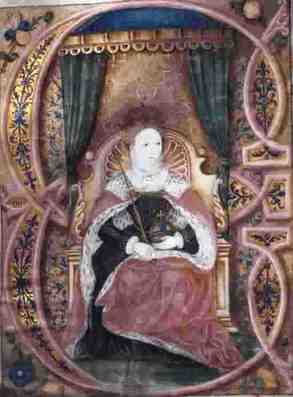
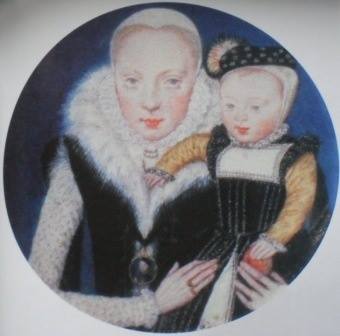
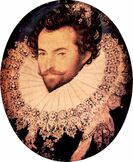
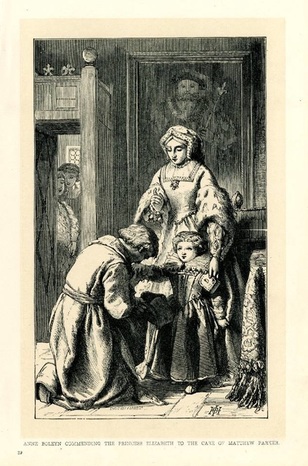
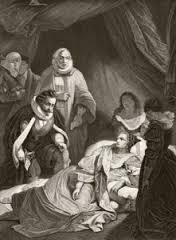
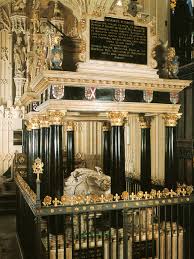

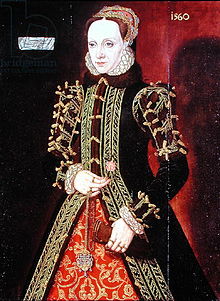
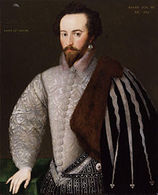
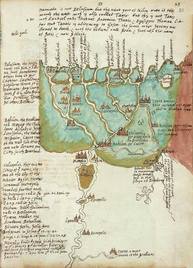
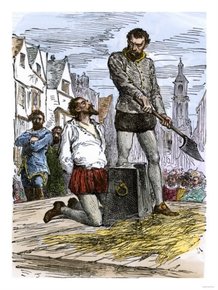
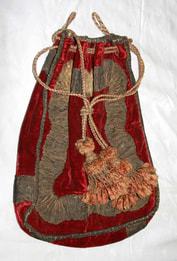
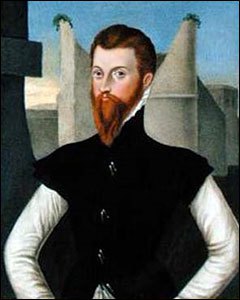
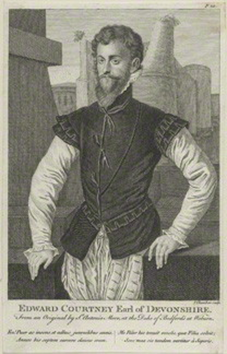
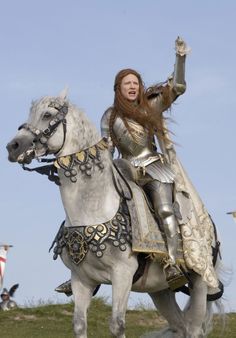
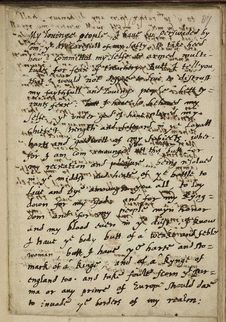
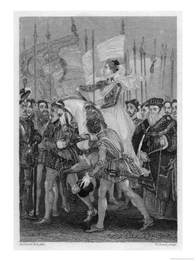
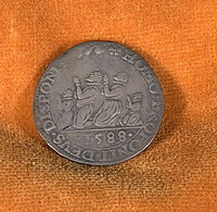
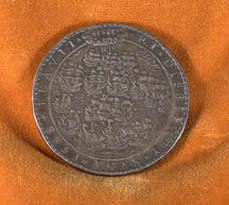
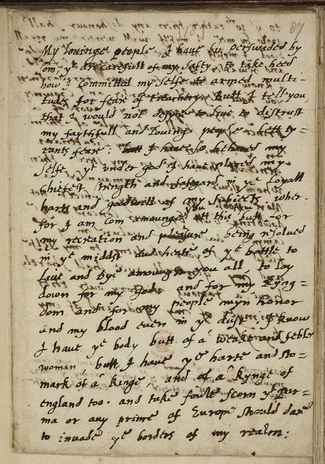

 RSS Feed
RSS Feed
